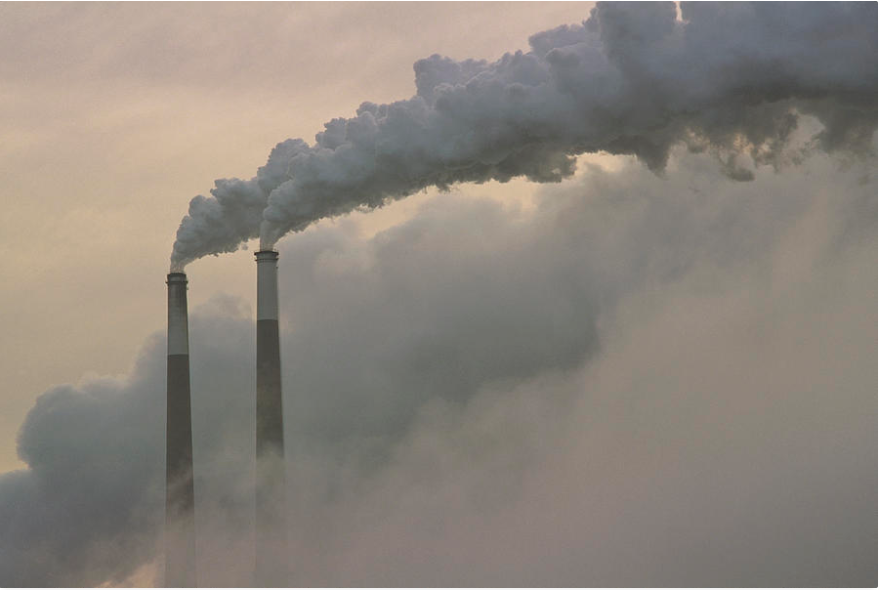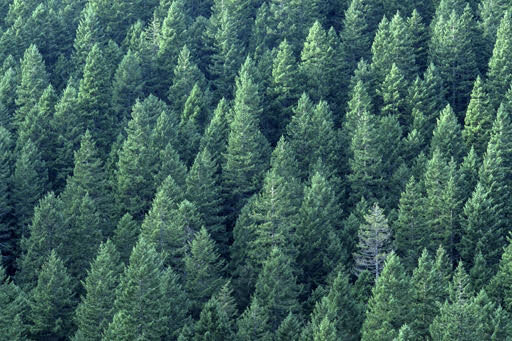 PHOTO CREDIT: Smoke Stacks Upper Ohio River by Gerry Ellis
PHOTO CREDIT: Smoke Stacks Upper Ohio River by Gerry Ellis
I first became aware of the “environment” in 1987. How that occurred is a whole story in itself, but
the result was that suddenly I became aware that the products I used every day not only could affect my health, but they could also affect the environment. And I began to explore this idea in a small newsletter printed on recycled paper called The Earthwise Consumer.
This was three years before “green” exploded in 1990 with the 20th anniversary of Earth Day and a little runaway bestselling book called 50 Simple Things You Can Do to Save the Earth. I happened to be there the day it was released. My booth was right next to theirs at some expo.
I wrote about both the health and environmental effects of consumer products for some years. The New York Times even called me “The Queen of Green.” But I came to a point where push came to shove and I decided I couldn’t consider everything. And I chose to go back to my roots and specialize in toxics. Because the green movement seemed not to be interested in toxics and health (green, after all, is about the environment), and someone needed to do this.
But more importantly, from my viewpoint, toxics is the most important environmental issue there is.
The whole environmental movement started because Rachel Carson wrote Silent Spring, which is about the poisoning of the environment by pesticides. The Environmental Protection Agency (EPA) was founded to protect the environment (not people) from toxics.
But our government doesn’t have a People Protection Agency (so I have to at least identify the toxic chemicals, find out where they are in consumer products, find the products that are free of these toxic chemicals, and make this known to the world so people who want to protect themselves and their loved ones from toxic exposures can have a choice).
If you’ve ever taken an airplane flight you have heard the stewardess say, “Put on your own oxygen mask first,” and then help others. Because without helping yourself and being healthy and able, you cannot help others.
And so for me, I decided to help get all the people of the world healthy first. Then we can help the environment. But as it turns out, every time each one of us makes the decision to not use a toxic product to help our own health, it also helps the environment.
On Easter morning I was thinking about what to write today, and I thought about a problem I’ve had for a number of years. The problem is how do I describe what I am working for without describing it as a negative. “Toxic-free” starts with the problem of toxics and says. “No. No toxics.” OK. A world without toxics.” What is that? What does it look like? What are we reaching for?
In the time it took for me to write this question in my journal, I had the answer.
Though I have a lot of attention on removing toxics from our homes and the marketplace of consumer products, that’s not what I’m really doing.
In my own mind and heart, I am aware of what I call “the world of Nature.” also known as “the environment.” For me, it’s a living, breathing, amazing ecosystem that once was pristine and now has been polluted by human activities.
So when I think of ‘toxic free” it’s a picture of our living planet, which includes all life processes and species, including us homo sapiens, without all the pollution. It’s a picture of us all belonging to this incredible system of life and supporting it with our actions instead of harming it. That’s what I’m reaching for. That’s what I’m imagining. That’s what I want in my heart of hearts.
The first step in healing from a poisoning is “remove the poison.” When we live toxic free, what we’re restoring is life. Our own human lives and life as a whole.




